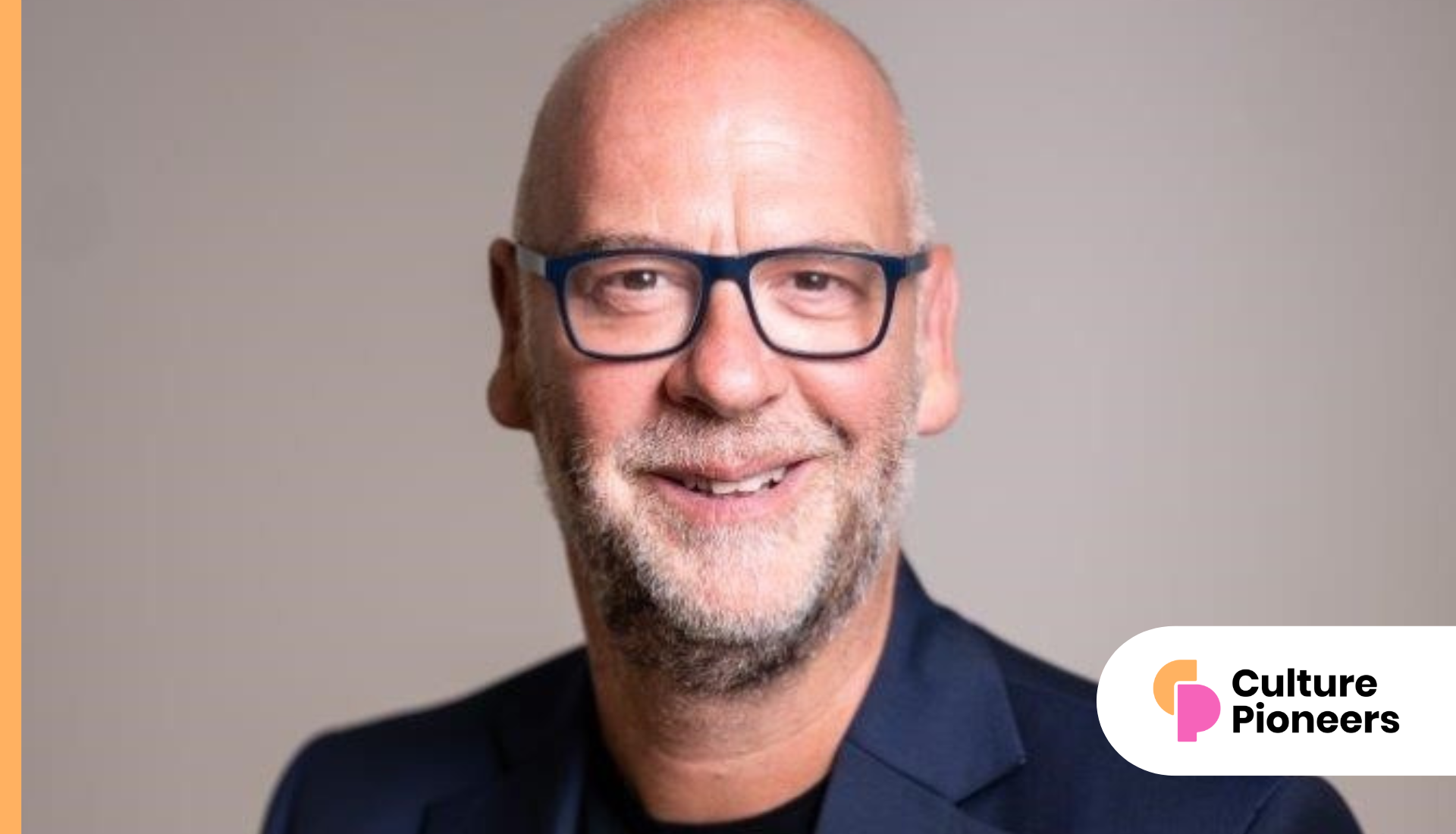If you haven’t yet jumped on the Severance hype train, let me set the stage for you. (And if you’re already a fan, feel free to skip the first paragraph – you’ll want to stick around for what comes next.)
Imagine waking up inside an empty conference room, with no understanding of why you are there, while a hidden voice crackles a series of questions through a speaker on the table. You try to escape, but the doors are locked. “Who are you?”, the voice asks. You cannot answer. You don’t know the answer. You can’t remember your first name. “Where were you born?”, the voice asks. Again, you don’t know. You can’t even remember the colour of your mother’s eyes. “Unknown, unknown, unknown”, the voice casually ticks through your non-answers: “Perfect score”, and then a man emerges from an observation booth to tell you about your brand new job at Lumon Industries.
A dystopian representation of work
That’s the premise of Severance, the acclaimed Apple TV series which has just completed its second season. Watching the first season of the show as a leadership and management trainer, I am fascinated by its dystopian representation of the workplace. I wonder if it resonates so strongly with audiences because, despite its sci-fi surrealism – explored further below – it taps into real-world anxieties.
Gallup data says it all…
Do the show’s eerie, fluorescent-lit offices, mindless tasks and performative corporate rituals trigger a twinge of recognition among viewers?
According to Gallup’s 2024 State of the Global Workplace report, 90% of UK workers feel unenthusiastic about their jobs and 60% admit to ‘quiet quitting’. While the dystopian nightmare of Severance is fictional, emotional ‘severance’ at work remains a business-critical challenge, with many workers feeling uninspired, unmotivated and disconnected.
The solution I suggest isn’t just in better benefits or pay rises – it’s in leadership, culture and genuine human connection. But first, a cautionary tale from the hit US drama.
The Severance workplace: a cautionary tale
In Apple TV’s Severance – directed by Ben Stiller – employees at Lumon Industries have undergone a biomedical procedure that surgically divides their consciousness between their work and personal lives.
Their ‘work selves’ – the ‘innies’ – exist only at the office, performing monotonous and seemingly meaningless tasks with no memory of life before the procedure, or of who they are on the ‘outside’. This extreme separation removes any personal connection to their jobs, reducing their work to a bleak and robotic existence.
A corporate culture satire
What makes Severance so grimly compelling is its satirisation of corporate culture’s attempts at engagement. Lumon doesn’t ignore its employees’ need for motivation – it just gets everything terribly wrong. Employees are given bizarre and infantilising ‘wellness sessions’, where they are practically hypnotised into feeling ‘positive’. As the wellness counsellor, Ms. Casey, tells Mark in an eerily soothing monotone: “Your outie is a kind and generous person. Your outie likes films and grilled cheese. Your outie is fond of music.” The exercise is meant to foster a sense of connection, but its scripted artificiality only underscores the overwhelming alienation of Mark and his colleagues at Lumon.
The innies receive meaningless incentives over the course of the show, such as waffle parties and music dance experiences. When Dylan excitedly exclaims, “I’m getting perks!” at the prospect of a finger-trap toy, the absurdity of the corporate reward structure becomes clear.
Holding together this morass of corporate manipulation is the near-religious cult of Lumon’s founder, Kier Eagan, whose words and image dominate the company like a sacred text. This messianic vision-driven culture mirrors how some big businesses use grandiose mission statements to inspire loyalty without offering real support or transparency to staff.
Lessons from Severance: How to reconnect employees
While most workplaces clearly aren’t as extreme as Lumon, the Gallup 2024 report suggests that many employees experience a form of emotional ‘severance’ at work. They might show up and complete their tasks each day. But many do so without any real personal connection to their organisation’s mission, their colleagues or even their own potential.
If businesses want to break free from a disengaged, Severance-style culture, they must create environments where employees feel valued, connected and motivated. The Gallup report highlights that employees are most engaged when they experience purposeful work, supportive leadership and opportunities for development.
Here are a few ways in which you can turn these insights into action:
Give work meaning
Like the innies in Severance, employees need to understand why their work matters. Clearly communicate your mission and how each role contributes to the bigger picture.
Encourage autonomy and curiosity
Just as Mark and his colleagues seek to uncover the truth about Lumon, employees are more engaged when they are free to ask questions, innovate and shape their roles. Encourage curiosity and autonomy, don’t stifle it.
Build real relationships
Foster genuine team connections through collaboration, mentorship and social engagement as this helps employees feel more connected. According to Gallup, having a best friend at work is one of the best predictors of engagement.
Recognise and reward effort
Employees need validation. Avoid the cryptic rewards system used at Lumon, and provide meaningful recognition strategies that align with personal and organisational goals. According to Gallup, employees who do not feel recognised are twice as likely to quit.
Create opportunities for growth
Don’t follow in Lumon’s footsteps of giving employees an endless loop of repetitive tasks, with no chance for development.
Provide learning opportunities and career progression to keep employees engaged and invested in their future. Lack of growth is a leading cause of disengagement, according to Gallup’s research.
HR’s role in breaking the cycle
The UK’s engagement crisis isn’t unsolvable. But fixing it will involve resisting dispiriting, disconnected work environments by moving towards cultures where employees feel genuinely involved in the mission of their organisation. We need to make work a place where people really want to be – and not just a place where they know they have to be.
As Mark says: “We’re people, not parts of people”. Employees are not just exchangeable cogs in a machine. And no matter how disconnected they may feel from their work, meaningful engagement is possible when organisations begin to treat their people as whole individuals who aspire toward a sense of purpose and belonging, and not just as ‘work selves.’






